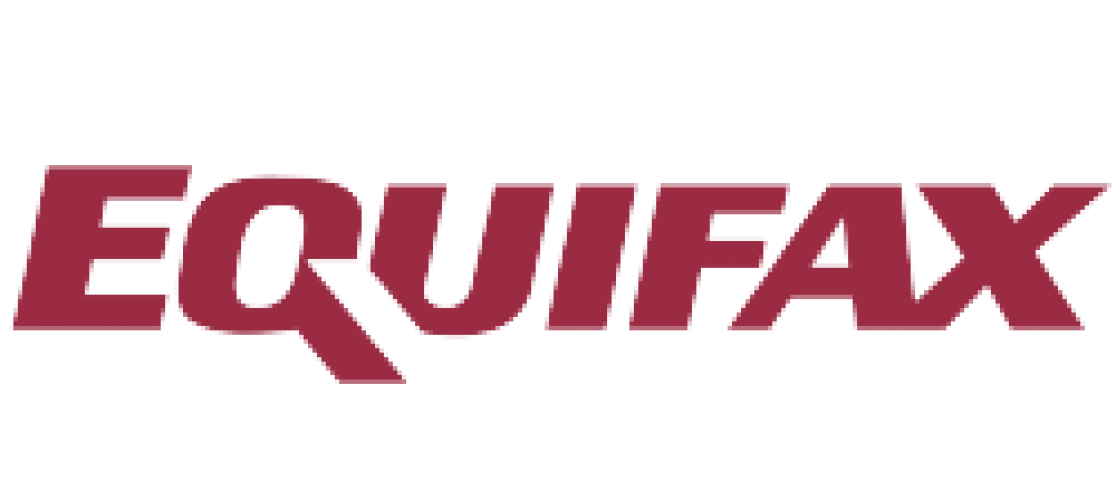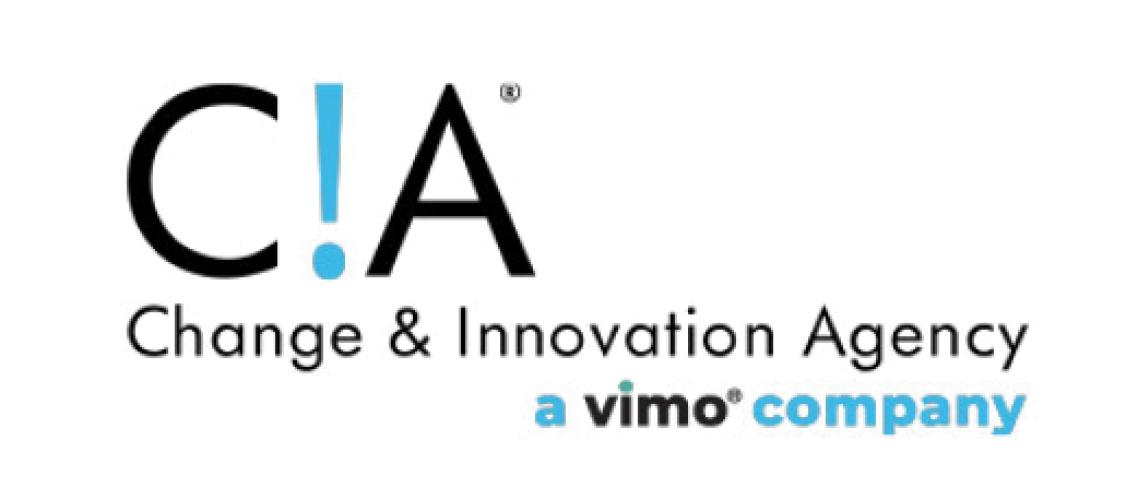Workforce Innovation and Opportunity Act Signed into Law
On Tuesday, July 22, President Barack Obama signed the Workforce Innovation and Opportunity Act (WIOA) into law, formally overhauling and reauthorizing the expired Workforce Investment Act of 1998. The President signed WIOA following swift passage and overwhelming bipartisan support for the bill in both the U.S. House of Representatives and the Senate earlier this month and in late June. To view the signing ceremony, visit: http://www.whitehouse.gov/ready-to-work.
Prior to the signing of WIOA, the Administration released Vice President Joe Biden’s report on its review of federal job training programs. The report, Ready to Work: Job Driven Training and American Opportunity, is the result of a memorandum announced by President Obama during his State of the Union address in January, where he directed the Vice President along with the White House policy councils, the Secretaries of Labor, Commerce and Education and the Office of Management and Budget (OMB) to deliver an action plan on how to, “make the workforce and training system more job-driven, integrated, and effective within 180 days.”
The Vice President’s report developed a “Job-Driven Checklist” that will guide the Administration as it implements WIOA and other training programs, as it works to, “maximize the effectiveness of over 25 competitive grant programs, to direct state and local training and employment programs to become more job-driven, to make sure all federal employment and training programs are engaging employers, and to improve information on employment results so we know what’s working well and what’s not.”
A day after WIOA was signed by the President, on Wednesday, July 23, the U.S. Department of Labor (USDOL) Employment and Training Administration (ETA) hosted two webinars on WIOA, providing a general overview of the new law, discussing implementation dates, and answering questions from stakeholders in and out of the workforce system.
ETA Assistant Secretary Portia Wu outlined the schedule of required implementation dates of WIOA during the webinar, noting WIOA will take effect on July 1, 2015, the start of Program Year (PY) 2015. Prior to the start of PY 2015, the Departments of Labor, Education, and Health and Human Services will publish a Notice of Proposed Rulemaking (NPRM) by January 18, 2015, with final rules published by January 22, 2016. ETA also announced it had created a website for workforce system stakeholders to find information on implementation and other resources at http://doleta.gov/wioa/.
WIOA reflects months of negotiations between lawmakers in each chamber of Congress. The measure reauthorizes 33 USDOL workforce programs last authorized under the 1998 Workforce Investment Act (WIA). Although the WIA expired in 2003, USDOL has continued to operate these programs with additional funding from Congress.
Some of the key provisions of WIOA are:
- Maintain the authorization of the 15 percent state allocation funding to allow states to address specific needs.
- Eliminate 15 programs; 14 within WIA, including the WIA Workforce Innovation Fund and one higher education program.
- Preserve funding for Wagner-Peyser Act of 1933 and rename “employment statistics” to the “workforce and labor market information system.”
- Ensure that UI claimants are searching for work as part of their eligibility assessments.
- Restructure the Workforce Information Council (WIC) and rename it the Workforce Information Advisory Council (WIAC). The WIAC will include four state workforce agency administrators and four Labor Market Information (LMI) Directors in addition to representatives of local areas, employers, educators and economic developers.
- Require co-location of employment service offices with one-stop centers.
- Apply one set of common performance measures to every federal workforce program under the bill.
- Reduce the number of required members on state and local workforce boards. (The legislation would reduce the size of the boards, from an estimated 43 to 33 members at the state level and 23 to 19 at the local level; maintain the requirement that a majority of members be from the business community but increase the representatives of the workforce system.)
- Add a stop-loss and stop-gain limit to the state allocations of funding for the dislocated worker program beginning in fiscal year 2016 to reduce year-to-year volatility.
- Allow local boards to transfer 100 percent of funds between the adult and dislocated worker programs.
- Require states to produce one strategic plan describing how they will provide training, employment services, adult education and vocational rehabilitation.
- Strengthen the alignment between local workforce areas and labor markets and economic development regions by requiring a unified state plan covering four years to meet the requirements for each of the core programs; require states to consult with local boards and chief elected officials in order to identify local areas and planning regions that are in alignment with labor markets and regional development areas.
- Eliminate the statutory “sequence of services” and merge “core and intensive activities” into a combined “career services.”
- Strengthen evaluation and data reporting requirements; include and adjust six primary indicators for youth served under the act. (Commonality among the indicators will allow policy makers, program users, and consumers to understand better the value and effectiveness of the services.) Include performance reports to be provided at the state, local and eligible provider levels, as well as evaluations of the core programs by states.
- Specify authorized appropriation levels for each of the fiscal years 2015 -2020.
NASWA applauds Congress for passing and the President for signing WIOA, and would like to thank our members for all the work and input states have provided over the past ten years in shaping a WIA reauthorization bill that will help further the mission of the workforce system in providing opportunities for job seekers and businesses expand and grow.
For more information and resources on WIOA, including the full legislative text, statement of managers’, section-by-section analysis, as well as a side-by-side analysis of the bill, please visit NASWA’s WIA Reauthorization Resource Center at http://naswa.org/resources/WIA/?action=home&id=3.

































